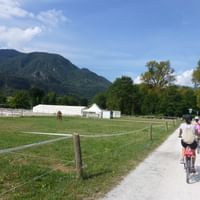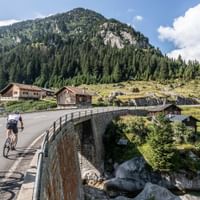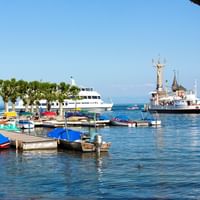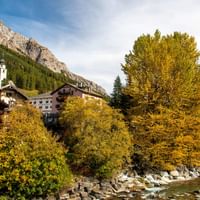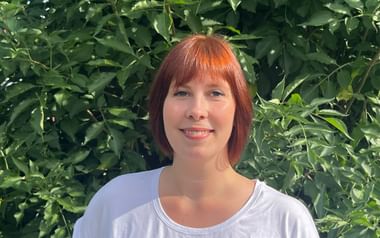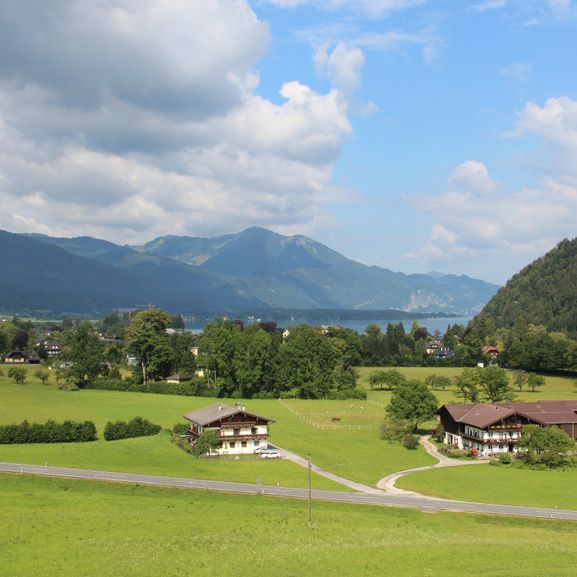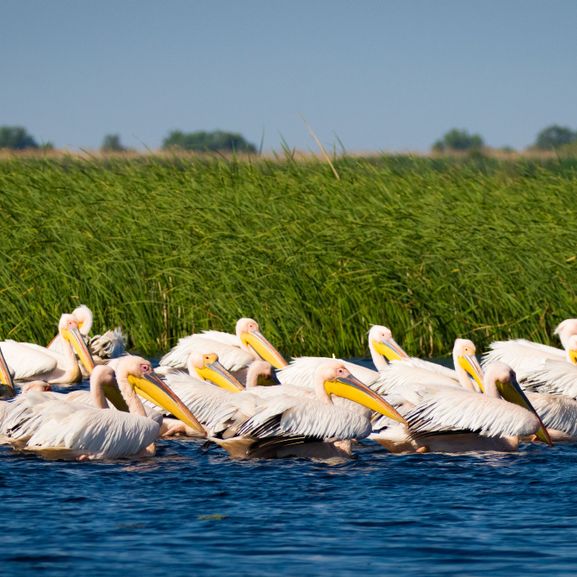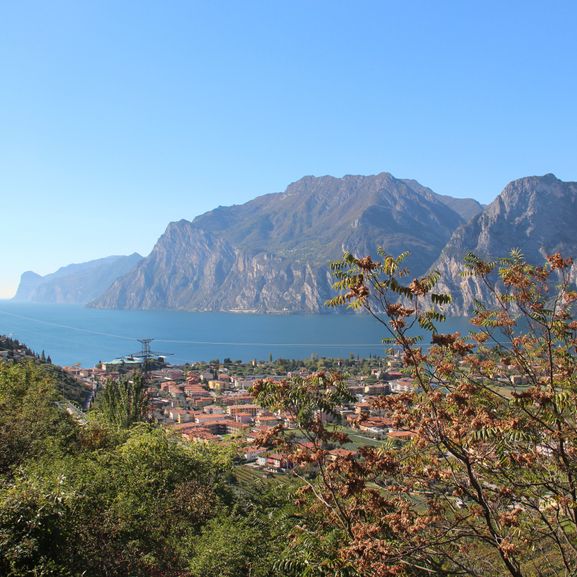The mountain is calling
Cycling trips in Switzerland
Switzerland offers a firework display of cultural and scenic beauty that can be enjoyed particularly intensively while cycling. The Alps border on Germany in the North, on Austria in the East, on Italy in the South and on France in the West. German, French, Italian and Rhaeto-Romanic are the four official national languages. Zurich and Geneva rank high on the list of towns with the best quality of life while the Swiss view over 74 mountains measuring more than 4.000 metres. The most well-known one abroad is the Matterhorn (4478m) close to Zermatt. In the Bernese Oberland, the Eiger (3970m), the Mnch (4107m) and the Jungfrau (4158m) form a famous triplet. About 1500 lakes can be visited in Switzerland, the biggest one being Lake Geneva followed by Lake Constance. The Rhine River and the Rhone River, both among Europes longest streams, originate from the Gotthard mountain massif. And the Swiss surely know how to enjoy life: Who doesnt know fondue, raclette, rsti or the famous Bircher- muesli? The delicious honey-almond-chocolate called Toblerone has been produced in Bern for more than a hundred years now and is sold into more than 120 countries worldwide! The way to a mans heart is through his stomach, this also applies in Switzerland.
Veloland Switzerland
In Veloland Schweiz you will find excellently signposted and developed national and regional cycling routes. Mostly they run on asphalted cycle paths or separate cycle lanes, occasionally also on gravel or gravel roads or low-traffic side roads. Small to medium gradients and hills as well as possible push routes are possible, depending on the booked bike tour.

In the land of four-thousanders, castles and palaces
There are 74 four-thousanders in the Schwyz and many interesting cities with a high quality of life. Zurich and Geneva, for example, regularly occupy the top positions. In both cities you can swim right in the centre and go to the beach: on Lake Zurich or Lake Geneva. At the latter, on a rocky island, there is also the most visited historical building in Switzerland, the Chillon Castle. The water castle, with its 14th century murals, parade halls and underground vaults, was once the seat of the Counts of Savoy. It consists of 25 buildings and three courtyards, which are protected by two ring walls. But castles and castles abound all over the country. Choose one: in Bellinzona, for example, there are three. Swiss cities attract with their medieval quarters and curious landmarks such as the Zytglogge clock tower in the capital Bern and the Lucerne Chapel Bridge, which is also located on a lake.

Languages, museums and festivals
Grüezi! There are as many as four official national languages here, namely German, French, Italian and Romansh. Swiss German, Schwyzerdütsch, has its own colors and words and is a collection of regional dialects: Grüezi in Zurich, but Grüessech in Bern. The German-Swiss barbecues and parking instead of barbecues and parking. Maybe you'll learn a few words. The most important thing on your bike trip should be called bicycle.
Look forward to world-class museums such as the Fondation Beyerler in Riehen with exquisite works of art in a building by Renzo Piano, the Kunsthaus Zürich with works of Modernism, including by Picasso, Chagall and Monet, and the Kunstmuseum Basel, which consists of three buildings, with contemporary art.
It is said that nowhere, in proportion to the population, are there as many festivals celebrated as in Switzerland. No matter what interests you, you will find it here: there are festivals on the subject of music, film, dance, humour, comic or theatre. In Locarno on Lake Maggiore the famous film festival takes place on the Piazza and also in Zurich there is one. In Montreux on Lake Geneva, jazz, rock and blues will be on your ears for two weeks during the Jazz Festival. The Swiss Federal Music Festival with Alphorns and more takes place every five years and is the largest music competition in the world.

Culinary
Let's have an apero first, shall we? In Switzerland, this tradition has become a true apero culture. You eat appetizers, the classic ham summit, a kind of mini croissants filled with ham, and drink wine or a non-alcoholic drink. There are several Swiss national courts to name.
The cheese fondue is available with many different types of cheese, often it consists of grated Greyerzer, Vacherin or Appenzell cheese and white wine. In the so-called caquelon, a pot opened wide upwards, the mixture is melted on a rechaud. Raclette also consists of cheese: half a loaf is heated on the cutting surface, and the liquid cheese is scraped onto the plate. Rösti are boiled, peeled, grated with butter in the pan to a flat fried potato flakes.
There are many different varieties of Birchermüsli. Roughly speaking, it consists of oatmeal, fruit and milk.
Swiss chocolate is a theme of its own. The bandwidth is immense. In addition to the best-known brands Lindt, Toblerone and Ovomaltine, there are a large number of small chocolate factories. Give it a try!
Last but not least: The Swiss wines are not to be forgotten! Over 200 grape varieties grow here. In addition to Fendant, these include Chasselas and Pinot Nior as well as many autochthonous varieties (those that only grow here).

Mountain peaks and lakes
The towering, peak, 4,478 metres high Matterhorn near Zermatt is the emblem of Switzerland. What an impression! In the Bernese Oberland, the Eiger (3,970 m), Mönch (4,107 m) and Jungfrau (4,158 m) form an impressive triangle of peaks. In addition, you will find about 1500 lakes in Switzerland. The largest of them all is Lake Geneva, followed by Lake Constance, which Switzerland shares with Austria and Germany. The Gotthard massif is the source of two of the longest rivers in Europe: the Rhine and the Rhone. The thundering Rhine Falls near Schaffhausen falls over a mighty rock and is the largest waterfall in Europe. So even nature is not stingy here with superlatives.


